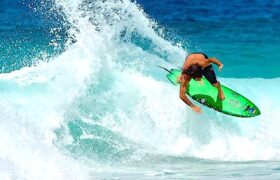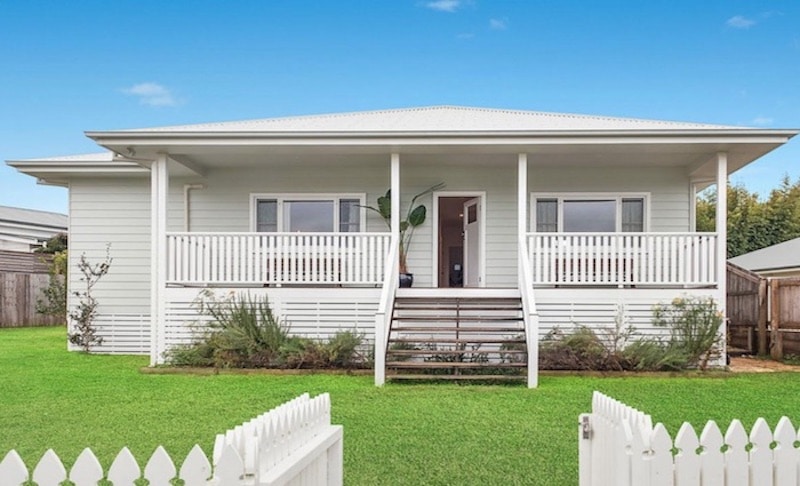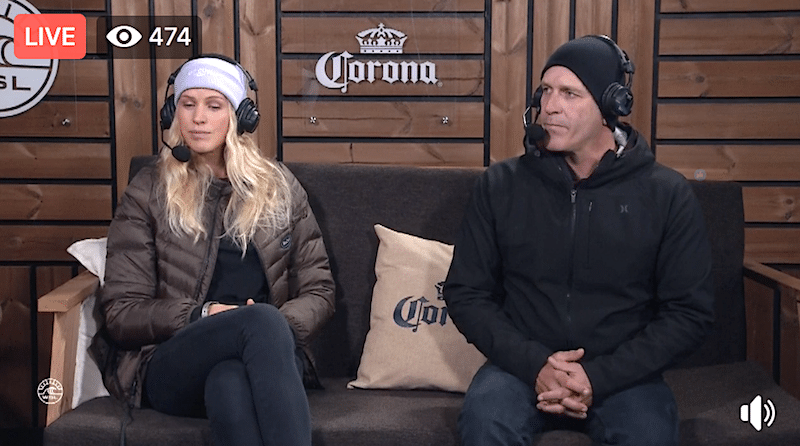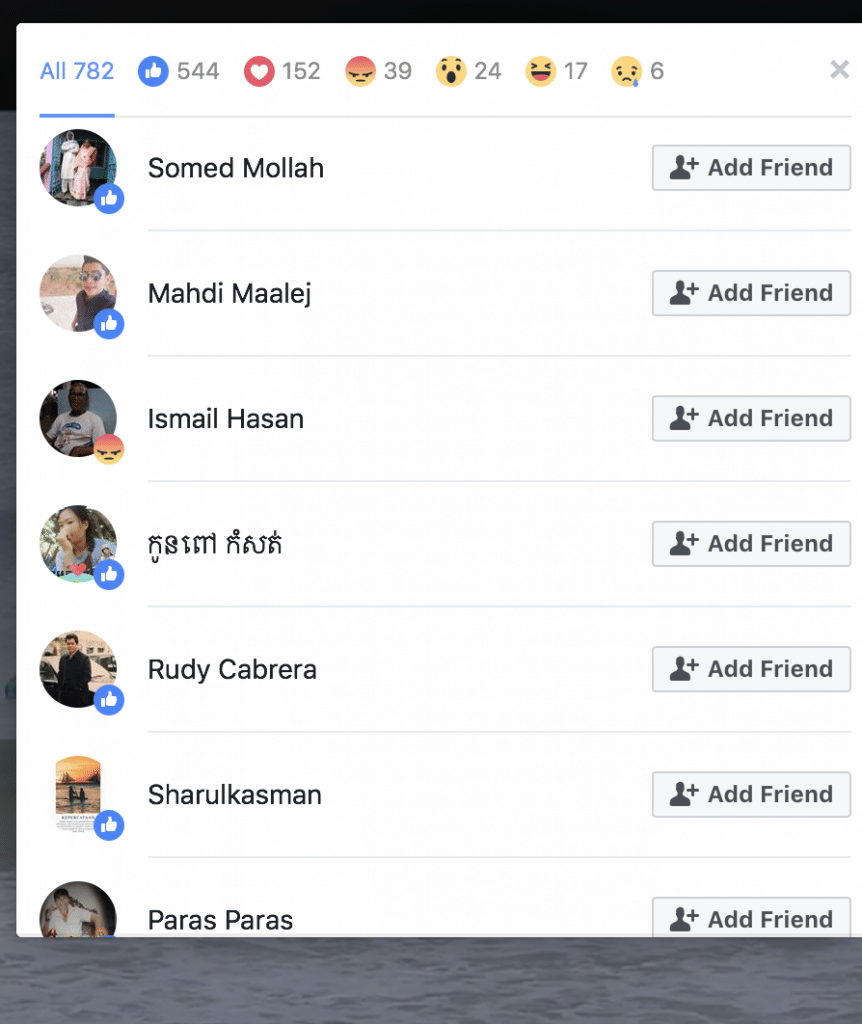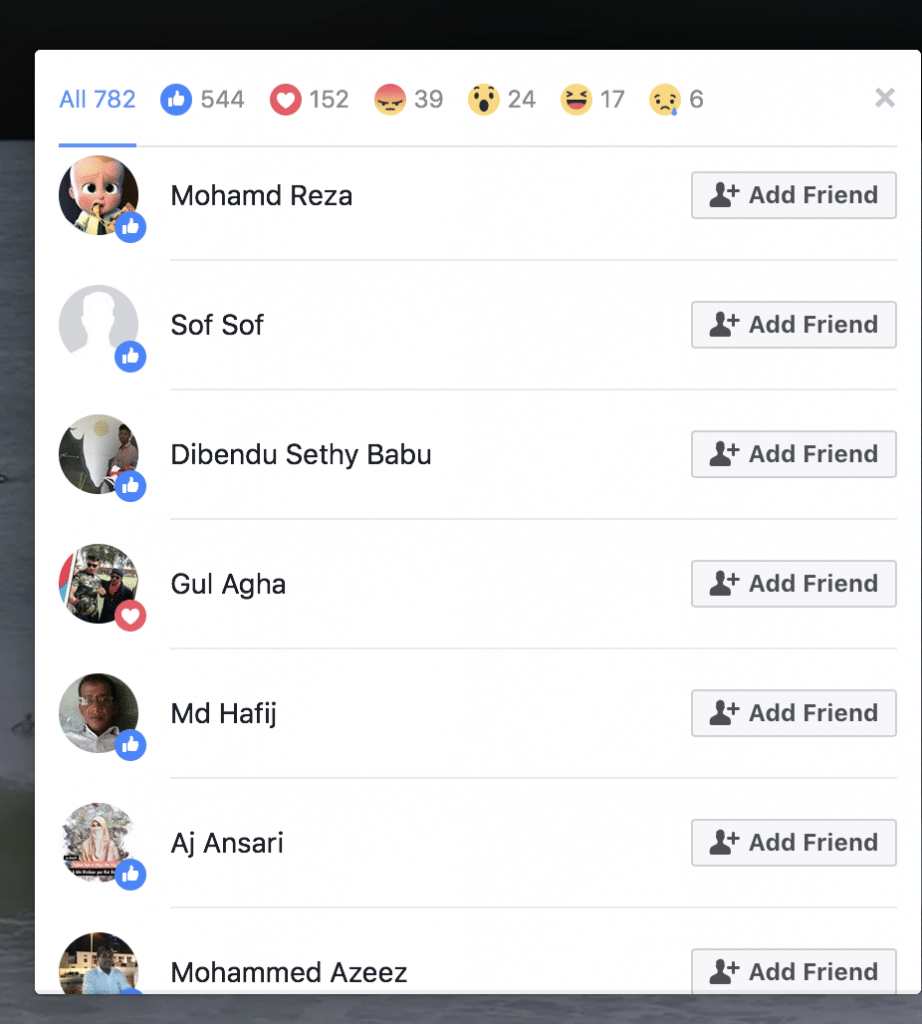Core surf fans tell the World Surf League what they think!
This whole Facebook x World Surf League collaboration has been very interesting to observe. The rollout, the subsequent problems and reaction, the rollback. And it appears a war is brewing between the League and its most passionate fans. A war that could change the facebook of professional surfing forever. Or alter absolutely nothing whatsoever.
Let us review. The WSL signed an exclusive 2-year, 15 million dollar agreement with Facebook at the end of January making it the only place to watch professional surfing. There was some, say, mixed messages from the League claiming this year would be a soft launch and professional surf contests would be on both Facebook and the traditional app/website but things changed at J-Bay and Facebook was the only place to watch all glitchy and odd.
Surf fans revolted, the League quickly tossed the contest back onto the app/website and yesterday released this statement about things moving forward:
Thank you again for your patience and support as we continue to work through the Facebook transition and challenges that Facebook has been having on some devices.
They are working hard to resolve the issues and we are both committed to delivering the best possible experience going forward. We’d like to remind everyone that we have temporarily re-instituted the broadcast across our WSL channels for the remainder of J-Bay and for the US Open.
Now you are able to watch our live broadcast on the WSL website, the WSL app, and of course on Facebook. Again we apologize for any inconvenience you may have experienced last week.
A very nice kick under the bus with the “challenges that Facebook has been having…” line and semi-nice apology. Did the surf fans take it? Let’s read some comments!
Just keep in mind that not everyone who wants to watch is on Facebook. I’ve never signed up nor will I ever sign up to Facebook. I will actually stop watching surfing before I will sign up to Facebook. Facebook is not your answer to grow viewership.
It turns out Facebook may be an extension of a Department of Defence program called Lifelog which had the objective of collecting an entire persons life into a database, only thing is it’s illegal to collect this data unless it’s voluntarily given up by unwitting individuals.
the actions of the WSL over the next few months will show us where their loyalties lie ,,,,with a multi national that knows nothing of surfing ,,,or with your loyal fans who do not want facebook . WSL , prepare to be judged
If you truly want to fix this dump facebook. It was a bad decision. Stop the bleeding already.
Lemoore was not a popular choice yet you continue to blindly press on with another event despite the tsunami of negative feedback from the last one, Nobody I have met is interested in watching another one. It’s the same with Facebook. No real surfer I know gives two hoots for Facebook. Even those individuals who still spend hours addicted to it’s pathetic memes and clickbait stories don’t have a lot of good to say about it!
Only a dog returns to its own vomit!
Etc. Etc. Etc.
And here is my honest question, do you think this rage will actually affect viewership of professional surf contests or do you think it is all just lots of hot air?
David Lee Scales and I discussed this yesterday on the podcast (listen here!) and came down on very different sides. He feels that core surf fans are raging but will come straight back to Facebook once their tears have dried. I believe that core surf fans are genuinely incensed and will refuse to return for a multitude of reasons maybe chief amongst them is Facebook’s historic unpopularity (fake news, selling data, etc.).
Who is right? Do you have a gauge on people spouting off versus people actually changing their habits?
If core surf fans leave the broadcast will the World Surf League continue to recruit rabid new surf fans in India?
Or maybe do you think the World Surf League reads their own comment section and will follow Ivan’s advice?
The sad truth is if the audience numbers aren’t there on Facebook, the advertising dollars will stop and everything comes to a screeching halt. The audience (read extremely loyal) that the WSL built on their website and mobile app with the live stream was a HUGE asset, it’s not easy to do, they could have easily charged a premium for viewing without commercials (I personally would have gladly paid) and continued to offer free viewing with commercials. From there they could have expanded their content and created a very valuable lifestyle network. Someone needs to come in and right this ship.
Well?


